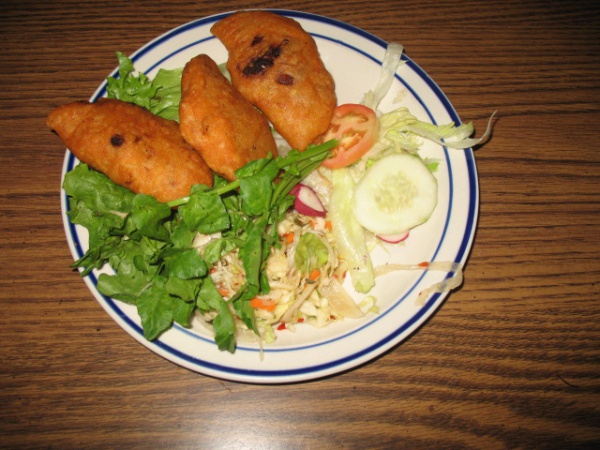Facts About Pasteles
Pasteles, sometimes known as pastelles in the English-speaking Caribbean, are a cherished traditional dish in many Latin American and Caribbean countries, including Puerto Rico, the Dominican Republic, Trinidad and Tobago, the Caribbean coast of Colombia, and Panama. Depending on the region, they may remind you of tamales, while in some Central American cuisines, they are more akin to British pasties or Italian calzones. In Spanish-speaking countries, "pastel" is a broad term for pastry, and in Hawaii, they are called "pateles" reflecting the Puerto Rican pronunciation.
The origins of pasteles date back to the 19th century, with each region adding its own unique twist. In Puerto Rico, pasteles are particularly cherished during Christmas. The dish involves a special dough made from grated green banana, plantain, yautía, potato, and tropical pumpkins. This dough is filled with a mixture of meats, seasonings, and vegetables, wrapped in banana leaves, and then boiled, steamed, or grilled.
In the Dominican Republic, pasteles are also a Christmas tradition, heavily influenced by Puerto Rican recipes. In Colombia, they are known as "pastel de arroz cartagenero" and more closely resemble tamales. El Salvador offers its own version, with a red-tinted corn flour dough stuffed with beef or chicken, typically served with a tangy slaw called "curtido." Trinidad and Tobago also have their own version, introduced by Spanish colonizers.
The history of pasteles traces back to the Spanish colonial period and has become an integral part of Puerto Rican Christmas festivities. The practice of wrapping pasteles in banana leaves is believed to be influenced by African ancestors enslaved by the Spanish in Puerto Rico. On the island, making pasteles is considered an art form, with numerous recipes and even an annual festival celebrating this beloved dish.
